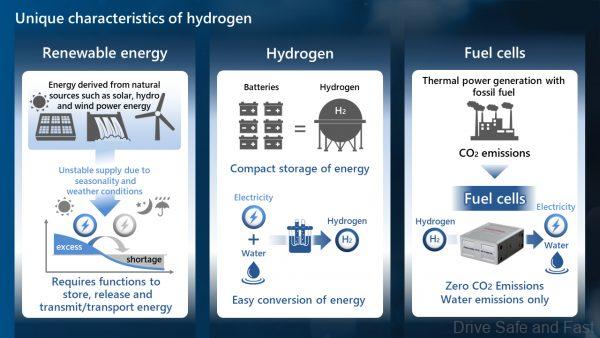Is Sarawak’s Late Investment Into Hydrogen Wise? We Don’t Think So
Hydrogen fuel cell technology hasn’t taken off. Joining the fray in 2024 seems unwise.
While most of the world seems to be focused on battery electric vehicles (BEVs) and hybrid electric vehicles (HEVs) as the most viable alternatives petrol and diesel cars, there are some who still see hydrogen as a possible option. Toyota, Honda, Mazda, Hyundai and even BMW have been heavily promoting their use in passenger vehicles over the last decade or so, but there has been no infrastructure explosion. Contrast this to BEV technology, which has seen mass adoption in China and growing interest in Europe and North America.

In Malaysia, Sarawak Energy Berhad has been identified as a “key industry player” to support the country’s Hydrogen Technology and Economy Roadmap (HTER). They’ve been pushing hydrogen production and the adoption of hydrogen busses in the state. Plus they’ve even got 4 Toyota Mirai FCEVs in circulation there and plan to bring three units to Putrajaya at a later date.

The real question is this: should the government continue to develop the hydrogen energy sector at all given the lack of interest in this technology on a global scale? Yes, BEVs and the electrical grid have limitations of their own, but hydrogen’s limitations are pretty extreme as well.

For instance, while most hydrogen cars take about 5 minutes to refuel, the rate of refueling slows down with subsequent vehicles as pressure has to be increased between refuels. This means that effectively only 4 cars can be refueled in an hour back to back. Furthermore, there are more losses with FCEVs that make it potentially less green than BEVs.

In Malaysia, our electricity grid isn’t green, which means BEVs take coal and natural gas derived electricity, store it in their batteries, then convert it to kinetic energy. With hydrogen power, the energy needed to produce, compress, store and transport the hydrogen fuel can be potentially dirty as well and much more difficult to make ‘green’ versus substituting power plants with solar, wind and nuclear alternatives.
FCEV infrastructure also seems to have other unsolvable problems. In the US, Shell has effectively pulled out of the hydrogen fueling game citing issues with getting reliable supply. There are apparently other cost issues around keeping the hydrogen at high pressure in storage that keep it from being a cost-competitive energy source versus pure electricity.

Finally, there’s the lack of momentum behind hydrogen energy. It potentially makes some sense for commercial vehicles, but for passenger vehicles it makes almost none at all. Installing a DC fast charger is now seen as an investment opportunity for malls, petrol stations and other venues with car parks because there were more than 10,000 BEVs registered in Malaysia by year end 2023 versus just 6 FCEVs. Not even the Malaysian government seems to believe in hydrogen fuel to be honest. They’re prepared to forgo millions of Ringgit in excise duty and import taxes when it comes to BEVs but won’t give similar concessions to FCEVs at all.

So, while it sound like a good thing, the hydrogen economy may be a dead end investment. The Sarawak government and the Malaysian government in particular should keep a close eye on the accounts and draw a line as to when to “pull the plug”.